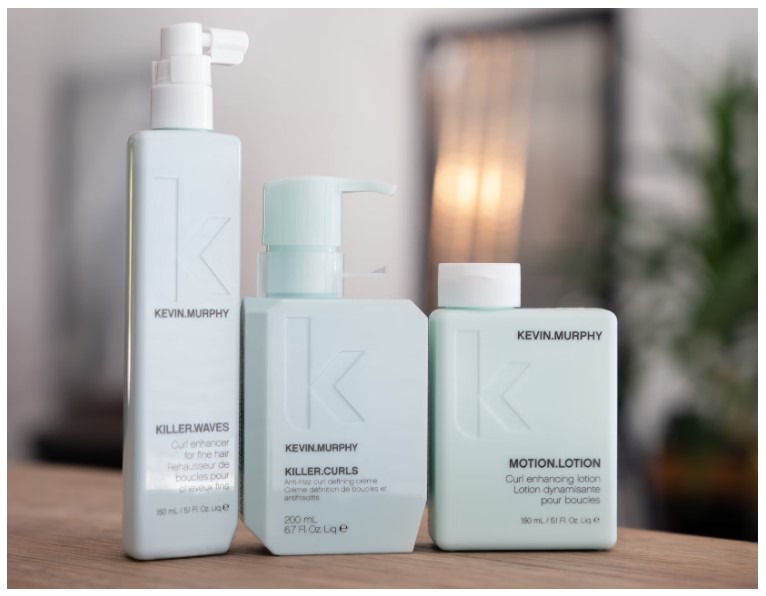Did you know that the global market value of hair relaxing products reached a staggering $870 million in 2022?** It’s clear that the desire for sleek, straight hair is more than just a passing trend—it’s a beauty staple for many. But what if I told you that the silky locks you adore might come with a hidden cost? Today, we’re diving deep into the scientific evidence that suggests potential health risks associated with the use of hair relaxers, from minor skin irritations to more serious concerns like cancer.
The History of Hair Relaxers
Hair relaxers have been around for more than a century, offering a “solution” to those who yearn for straighter, more manageable hair. Initially, these products were a blend of basic chemicals, but as technology advanced, so did the formulations. However, this evolution hasn’t been without controversy. In recent years, the term hair relaxer lawsuit has become increasingly common, as consumers question the safety of these products and take legal action.
The Chemistry Behind Hair Relaxing
When it comes to hair relaxers, the science is both fascinating and a bit alarming. These products work by breaking down the natural structure of your hair at the molecular level. Specifically, they target disulfide bonds, which are responsible for the natural curl in your hair. Once these bonds are broken, your hair becomes straighter but at what cost to your health?
Health Risks: Skin and Scalp
Before you rush to the beauty store, it’s crucial to understand the immediate health risks associated with hair relaxers. Skin irritation, burns, and even hair loss are not uncommon side effects. These concerns have fueled not only consumer apprehension but also an increase in hair relaxer lawsuits, as people seek accountability for the damage caused.
Health Risks: Cancer Concerns
Now, let’s delve into the more alarming health risks that have been linked to hair relaxers. Epidemiological studies have shown correlations between the use of these products and higher risks of certain types of cancer, such as breast and uterine cancer. These findings have not only shocked consumers but have also led to a surge in hair relaxer lawsuits, as affected individuals seek justice and accountability.
The Industry’s Stance
The cosmetics industry has been quick to defend the safety of hair relaxers, citing rigorous testing procedures and adherence to safety guidelines. Industry experts argue that when used correctly, these products pose minimal risk. However, consumer advocates and legal experts point out that “minimal risk” is not the same as “no risk,” especially when it comes to something as serious as cancer.
The “No-Lye” Alternative: Is It Safer?
In response to growing health concerns and the increasing number of hair relaxer lawsuits, some companies have developed “no-lye” hair relaxers. These products claim to be a safer alternative, but the question remains: Are they really? Studies comparing lye and no-lye creams have shown that while no-lye options may be less irritating to the skin, they are not necessarily free from long-term health risks.
The Precautionary Principle: Time for a Change?
Given the mounting evidence and ongoing litigation, it’s worth considering the precautionary principle, which advocates for taking preventive action in the face of uncertainty. Should companies withdraw these products until their safety can be assured? Or should they at least include more explicit warnings about potential health risks?
Conclusion
As we’ve seen, the use of hair relaxers is not without its risks. From immediate concerns like skin irritation to more serious issues like cancer, the scientific evidence is compelling. And while the industry may argue for the safety of their products, the rising number of hair relaxer lawsuits suggests that consumers are not convinced.
